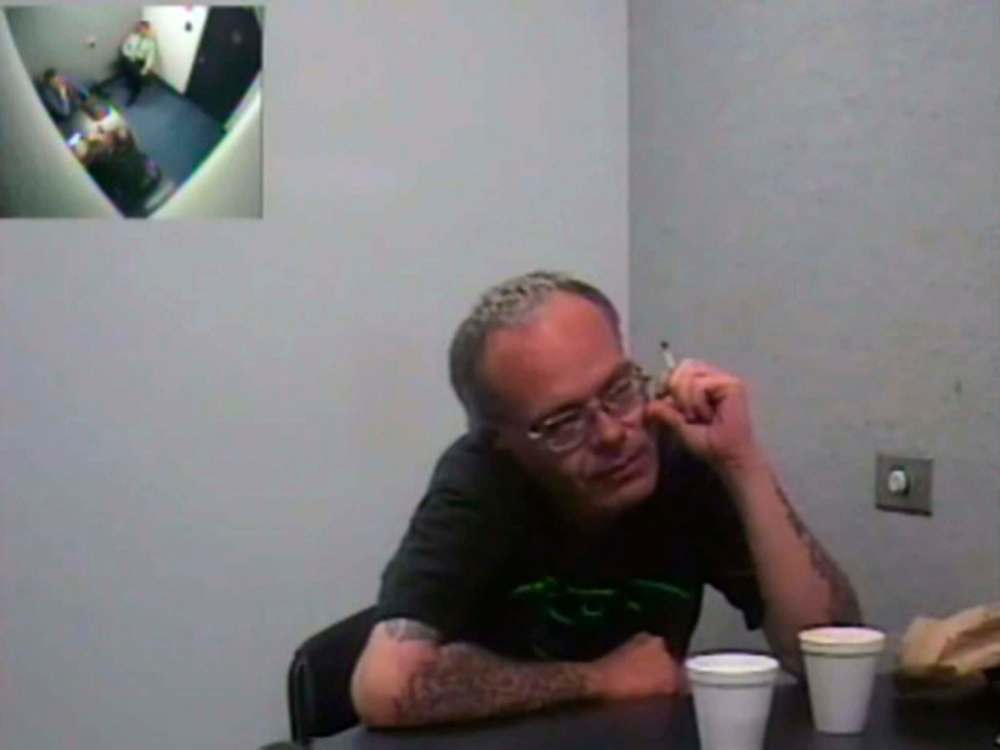Thunder Bay lab under microscope at Grant trial
Advertisement
Read this article for free:
or
Already have an account? Log in here »
To continue reading, please subscribe:
Monthly Digital Subscription
$0 for the first 4 weeks*
- Enjoy unlimited reading on winnipegfreepress.com
- Read the E-Edition, our digital replica newspaper
- Access News Break, our award-winning app
- Play interactive puzzles
*No charge for 4 weeks then price increases to the regular rate of $19.00 plus GST every four weeks. Offer available to new and qualified returning subscribers only. Cancel any time.
Monthly Digital Subscription
$4.75/week*
- Enjoy unlimited reading on winnipegfreepress.com
- Read the E-Edition, our digital replica newspaper
- Access News Break, our award-winning app
- Play interactive puzzles
*Billed as $19 plus GST every four weeks. Cancel any time.
To continue reading, please subscribe:
Add Free Press access to your Brandon Sun subscription for only an additional
$1 for the first 4 weeks*
*Your next subscription payment will increase by $1.00 and you will be charged $16.99 plus GST for four weeks. After four weeks, your payment will increase to $23.99 plus GST every four weeks.
Read unlimited articles for free today:
or
Already have an account? Log in here »
Hey there, time traveller!
This article was published 25/01/2017 (3250 days ago), so information in it may no longer be current.
The Thunder Bay lab that Winnipeg police used to test DNA samples was put under scrutiny at Mark Grant’s second-degree murder trial on Wednesday.
Arlene Lahti, who helped start the Molecular World lab in Thunder Bay, was a senior scientist and analyst at the company in February 2007, when she was tasked with testing DNA samples police had collected from some potential suspects in the Candace Derksen case as well as maternal relatives of Grant’s, including his sisters and brothers. The lab conducted mitochondrial DNA analysis, which traces maternal lineage, so “if they share the same mother, they would share the same mitochondrial DNA,” Lahti testified Wednesday.
Grant is charged in the death of 13-year-old Candace, who went missing on her way home from school on Nov. 30, 1984. She was found tied up and frozen to death in a shed nearly two months later. Grant is being re-tried for the crime after his conviction from 2011 was overturned on appeal. The Court of Appeal — in a decision upheld by the Supreme Court — ruled the initial trial judge erred by not allowing the jury to hear evidence that could have pointed to a different suspect.

Crown attorney Mike Himmelman listed the names of the individuals whose DNA Lahti tested and asked her if she knew who they were. She said she didn’t, and she had no direct contact with the Winnipeg Police Service, which sent the samples for testing.
Defence lawyer Saul Simmonds questioned Lahti about whether she talked to anyone about which samples would be sent, and she said she didn’t.
“It’s not up to me which samples are going to come,” she said.
The trial previously heard from Winnipeg Police Service Insp. Jon Lutz, who worked in the cold-case unit during that time and was involved in sending samples for testing. In response to a question from Simmonds, Lutz said police didn’t seek out a DNA expert to advise them on what kind of samples to have tested. An expert could have told them “it was irrelevant” to track down maternal relatives of Grant’s for mitochondrial testing, since it would likely lead to the same DNA profiles, Simmonds said.
Simmonds also suggested the lab used its work in this case as “marketing and advertising,” before the second-degree murder case ever went to trial. He pointed to a September 2008 news release from a “CSI Thunder Bay” event in which Lahti was listed as one of the speakers. The release said Molecular World employees would speak about how they helped police in Winnipeg “solve a cold case” and “linked evidence to a single suspect” by testing DNA samples that had previously been tested at another lab and deemed unsuitable for analysis.
Lahti said she didn’t remember such an event.
“You delivered a lecture, that’s the subject of the lecture, and you have no memory whatsoever?” Simmonds asked.
“No I don’t, sorry,” Lahti said.
There was no mention Wednesday of Grant’s DNA being tested, but court has heard DNA tests were key in linking him to Candace’s death. Issues around how DNA samples were collected and analyzed are set to be explored later in the trial, which is scheduled to wrap up sometime next month.
katie.may@freepress.mb.ca
Twitter: @thatkatiemay

Katie May is a multimedia producer for the Free Press.
Our newsroom depends on a growing audience of readers to power our journalism. If you are not a paid reader, please consider becoming a subscriber.
Our newsroom depends on its audience of readers to power our journalism. Thank you for your support.

